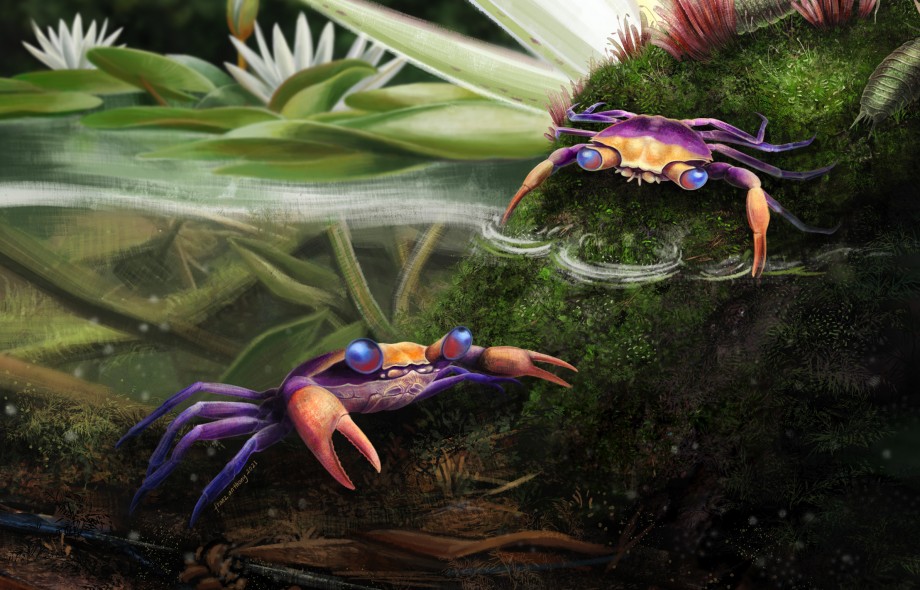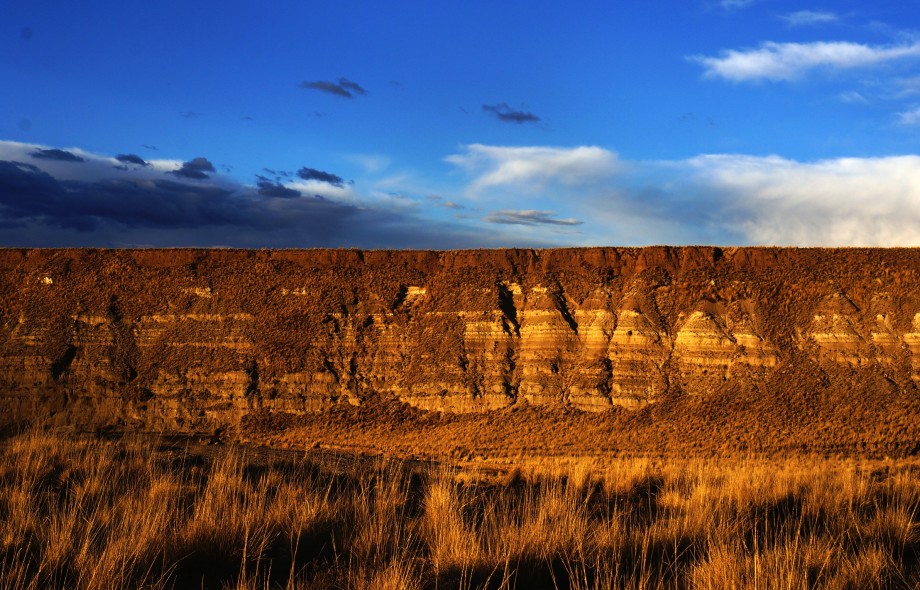Plant leaves show us the species that exist in a forest, and the ecological conditions in which they live. These attributes can also be observed in fossil leaves, which allows us to reconstruct forests that existed millions of years ago and understand how they have changed over time. In this talk we will talk about how fossil leaves tell us about the effect of a mass extinction 66 million years ago, on the evolution of modern tropical forests.

You are here
Projects
& Stories
Carlos Jaramillo
The oldest and most complete fossil crab ever discovered suggests that these animals ventured onto land at least 25 to 50 million years earlier than previously thought
About 66 million years ago, a huge asteroid crashed into what is now the Yucatan, plunging the Earth into darkness. The impact transformed tropical rainforests, giving rise to the reign of flowers.
By integrating machine-learning technology with high-resolution imaging, scientists are improving the taxonomic resolution of fossil pollen identifications and greatly enhancing the use of pollen data in ecological and evolutionary research.
The disproportionate extinction of South American mammals when the Americas collided is still evident today
As the Earth’s surface transforms, entire ecosystems come and go. The anatomy of fossil plants growing in the Andean Altiplano region 10 million years ago calls current paleoclimate models into question, suggesting that the area was more humid than models predict.





